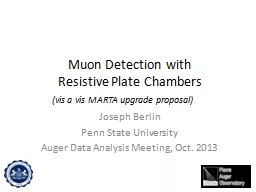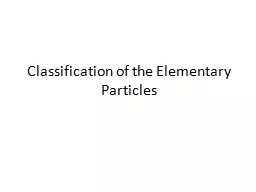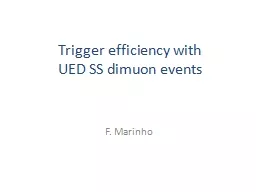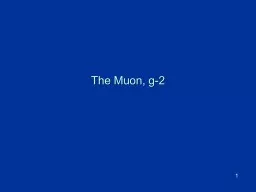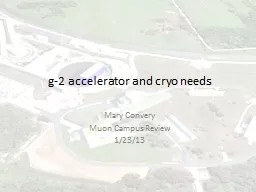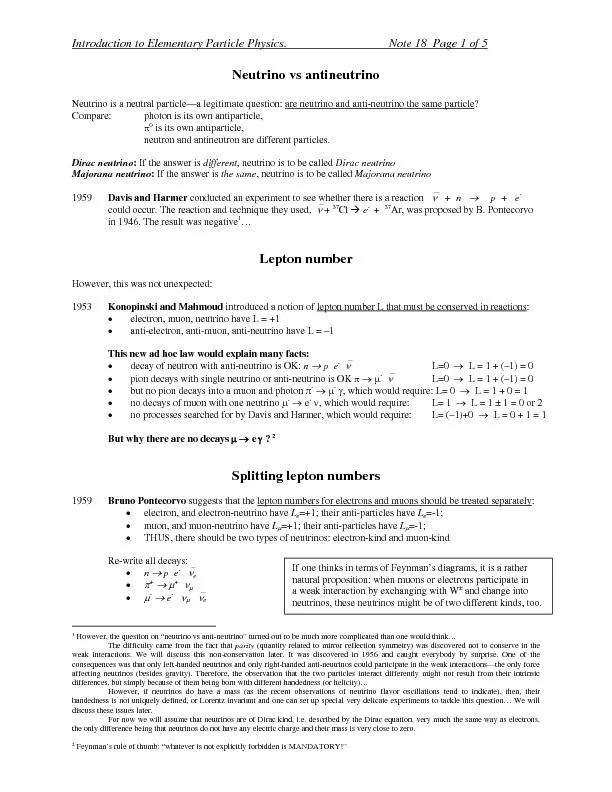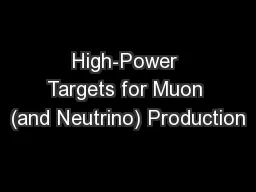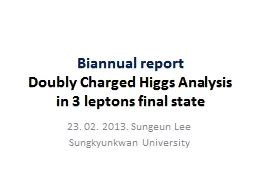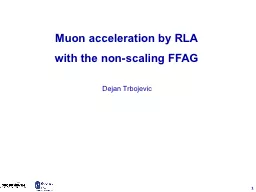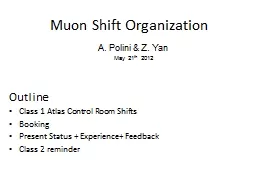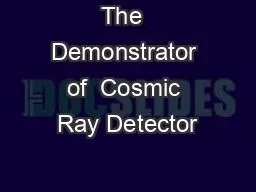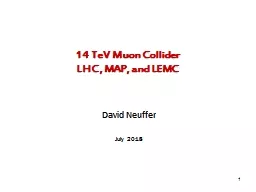PPT-Muon Detection with
Author : pamella-moone | Published Date : 2016-07-21
Resistive Plate Chambers vis a vis MARTA upgrade proposal Joseph Berlin Penn State University Auger Data Analysis Meeting Oct 2013 special thanks to Peter
Presentation Embed Code
Download Presentation
Download Presentation The PPT/PDF document "Muon Detection with" is the property of its rightful owner. Permission is granted to download and print the materials on this website for personal, non-commercial use only, and to display it on your personal computer provided you do not modify the materials and that you retain all copyright notices contained in the materials. By downloading content from our website, you accept the terms of this agreement.
Muon Detection with: Transcript
Download Rules Of Document
"Muon Detection with"The content belongs to its owner. You may download and print it for personal use, without modification, and keep all copyright notices. By downloading, you agree to these terms.
Related Documents

